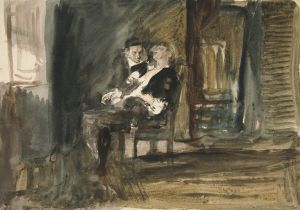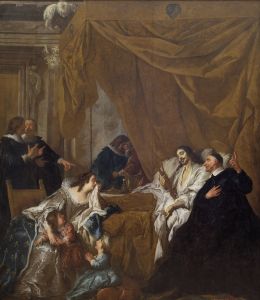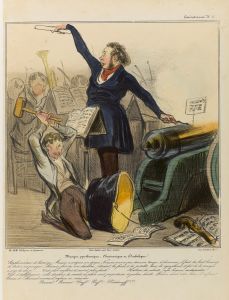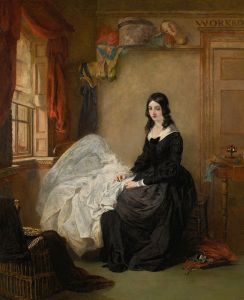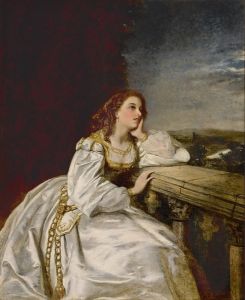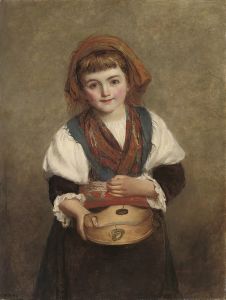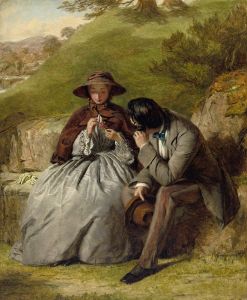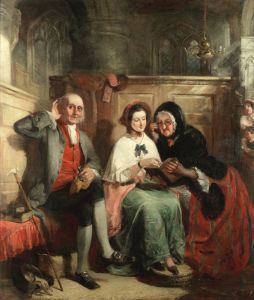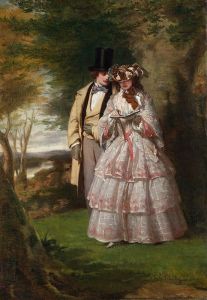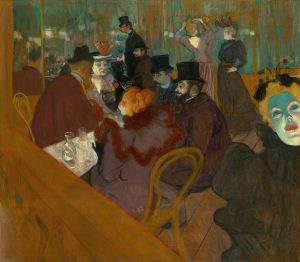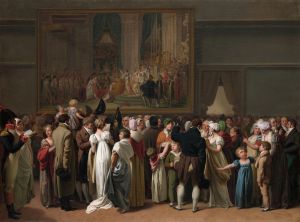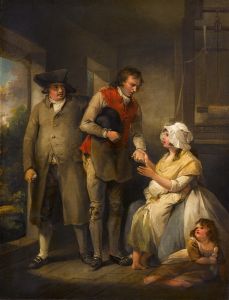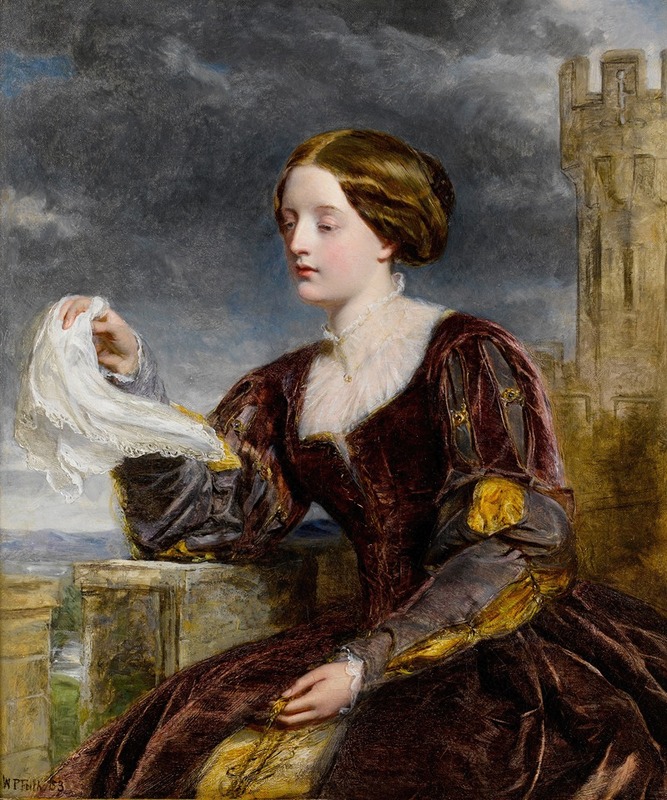
The Signal
A hand-painted replica of William Powell Frith’s masterpiece The Signal, meticulously crafted by professional artists to capture the true essence of the original. Each piece is created with museum-quality canvas and rare mineral pigments, carefully painted by experienced artists with delicate brushstrokes and rich, layered colors to perfectly recreate the texture of the original artwork. Unlike machine-printed reproductions, this hand-painted version brings the painting to life, infused with the artist’s emotions and skill in every stroke. Whether for personal collection or home decoration, it instantly elevates the artistic atmosphere of any space.
"The Signal" is a painting by the English artist William Powell Frith, who was renowned for his narrative and genre paintings. Frith was born on January 9, 1819, in Aldfield, North Yorkshire, and he became one of the most popular and successful artists of the Victorian era. His works often depicted scenes of contemporary life, capturing the social dynamics and everyday activities of the time.
"The Signal" was completed in 1870 and is one of Frith's later works. The painting is set in a railway station, a common theme in Frith's work, reflecting the rapid industrialization and the importance of the railway system in Victorian England. The scene captures a moment of anticipation and emotion as passengers await the arrival of a train.
In "The Signal," Frith masterfully portrays a variety of characters, each with their own story and emotions. The central figure is a young woman, dressed in the fashion of the time, who appears to be anxiously awaiting the arrival of a loved one. Her expression and body language convey a sense of longing and anticipation. Surrounding her are other passengers, each engaged in their own activities, from reading newspapers to conversing with one another. The painting is rich in detail, with Frith's meticulous attention to the clothing, accessories, and facial expressions of his subjects.
The setting of the railway station is depicted with great accuracy, showcasing the architectural elements and the bustling atmosphere of the time. The inclusion of the signal in the background serves as a focal point, symbolizing the impending arrival of the train and the emotions tied to it. Frith's use of light and shadow adds depth and realism to the scene, enhancing the overall impact of the painting.
"The Signal" is a testament to Frith's ability to capture the essence of Victorian life and the human experience. His attention to detail and his skill in portraying a wide range of emotions make this painting a significant work in his oeuvre. The painting is part of the collection at the Royal Holloway, University of London, where it continues to be appreciated by art enthusiasts and scholars alike.
William Powell Frith's contribution to the art world extends beyond "The Signal." He is perhaps best known for his large-scale works such as "The Derby Day" (1858) and "The Railway Station" (1862), which similarly depict scenes of contemporary life with a keen eye for detail and narrative. Frith's work provides valuable insights into the social and cultural fabric of Victorian England, making him a pivotal figure in the history of British art.
In summary, "The Signal" by William Powell Frith is a remarkable painting that captures a moment of anticipation and emotion in a Victorian railway station. Through his detailed portrayal of characters and setting, Frith offers a glimpse into the everyday lives and experiences of people during this period. The painting remains an important piece in the study of Victorian art and continues to be celebrated for its narrative depth and artistic excellence.





